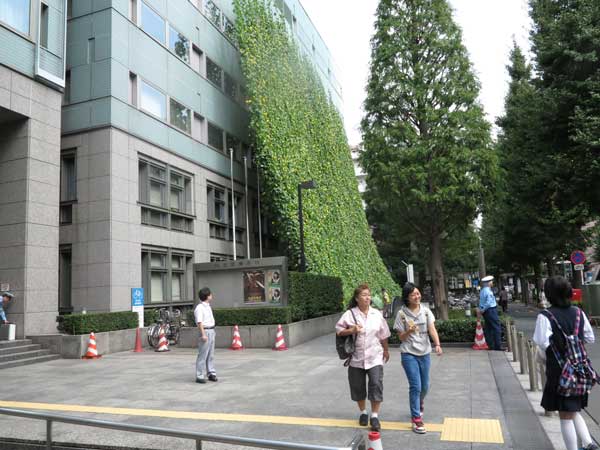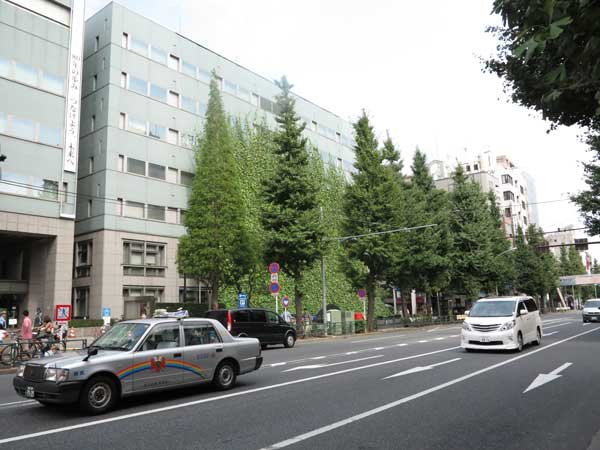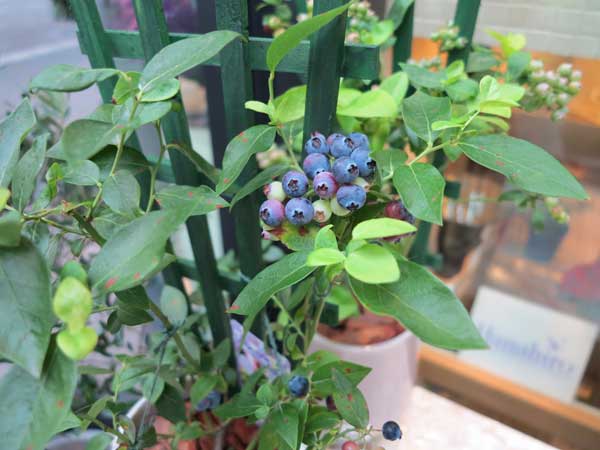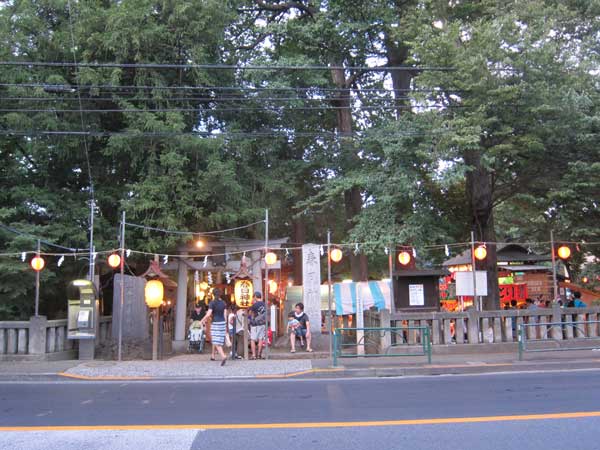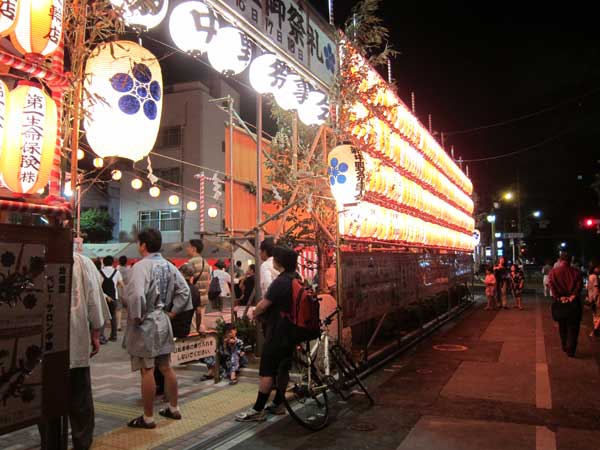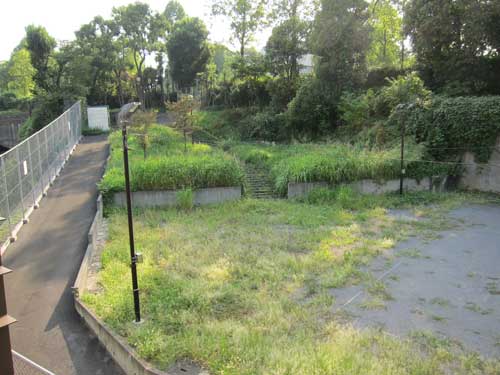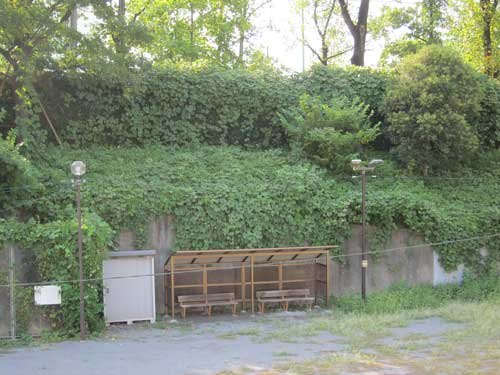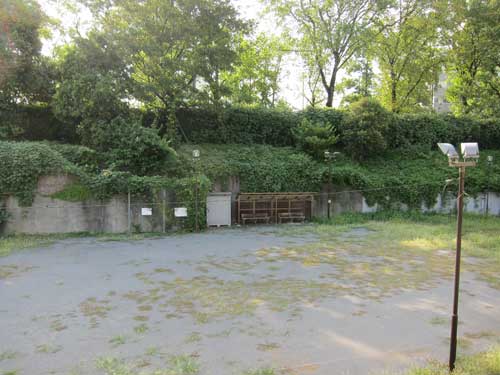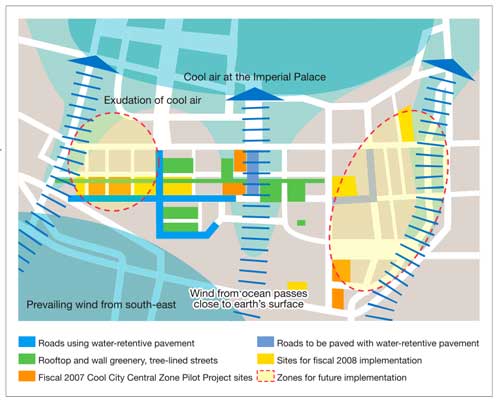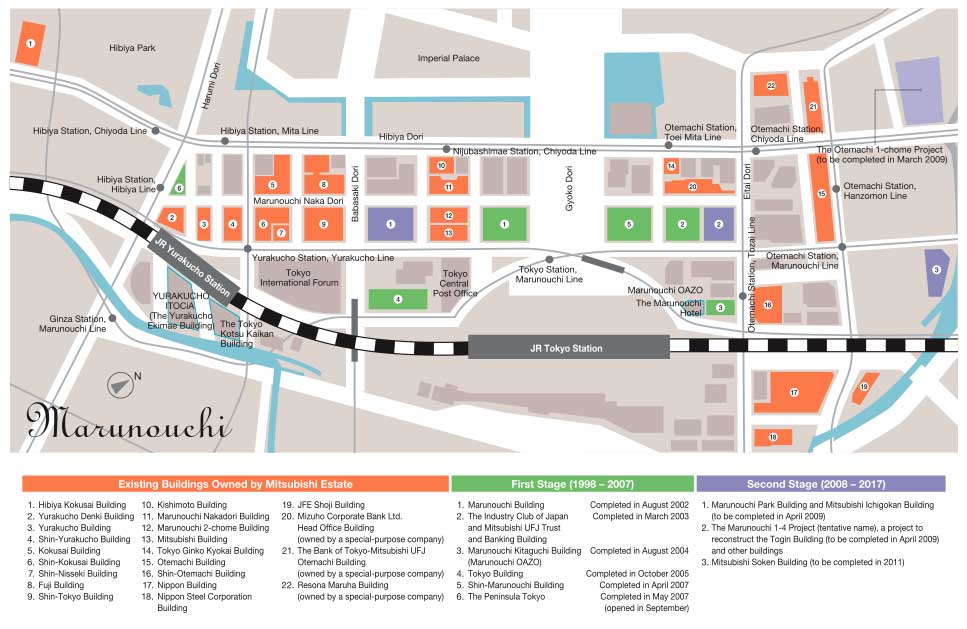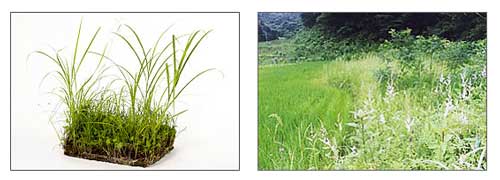 In an earlier post, I talked a little about 5bai Midori‘s street beautification products and the creative force behind this small green business Tase Michio. This post uses photos from their website to explore their idea of restoring the countryside, or satoyama(里山), and bringing it into the city.
In an earlier post, I talked a little about 5bai Midori‘s street beautification products and the creative force behind this small green business Tase Michio. This post uses photos from their website to explore their idea of restoring the countryside, or satoyama(里山), and bringing it into the city.
The photos above illustrate the concept of carving a piece of rural nature into a modular square. 5bai Midori plants these bio-diversity trays on modular metal cubes with up to five sides for plants and special light-weight soil. Applications include residential entrances, sidewalks and balconies, apartment and office buildings, green walls, rooftops, neighborhood planters, boulevard and highway guard rails, interiors, benches, and special events. They have targeted individuals, governments (including amazing, yet unrealized plans for greening Kabukicho and Marunouchi), developers and construction companies.
These are some images of how plant trays are cultivated to include a multitude of species in a small area.
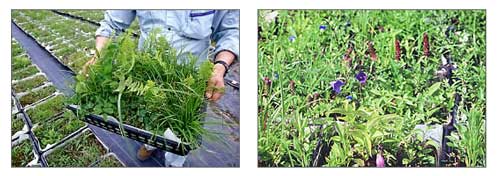
Continue reading →

